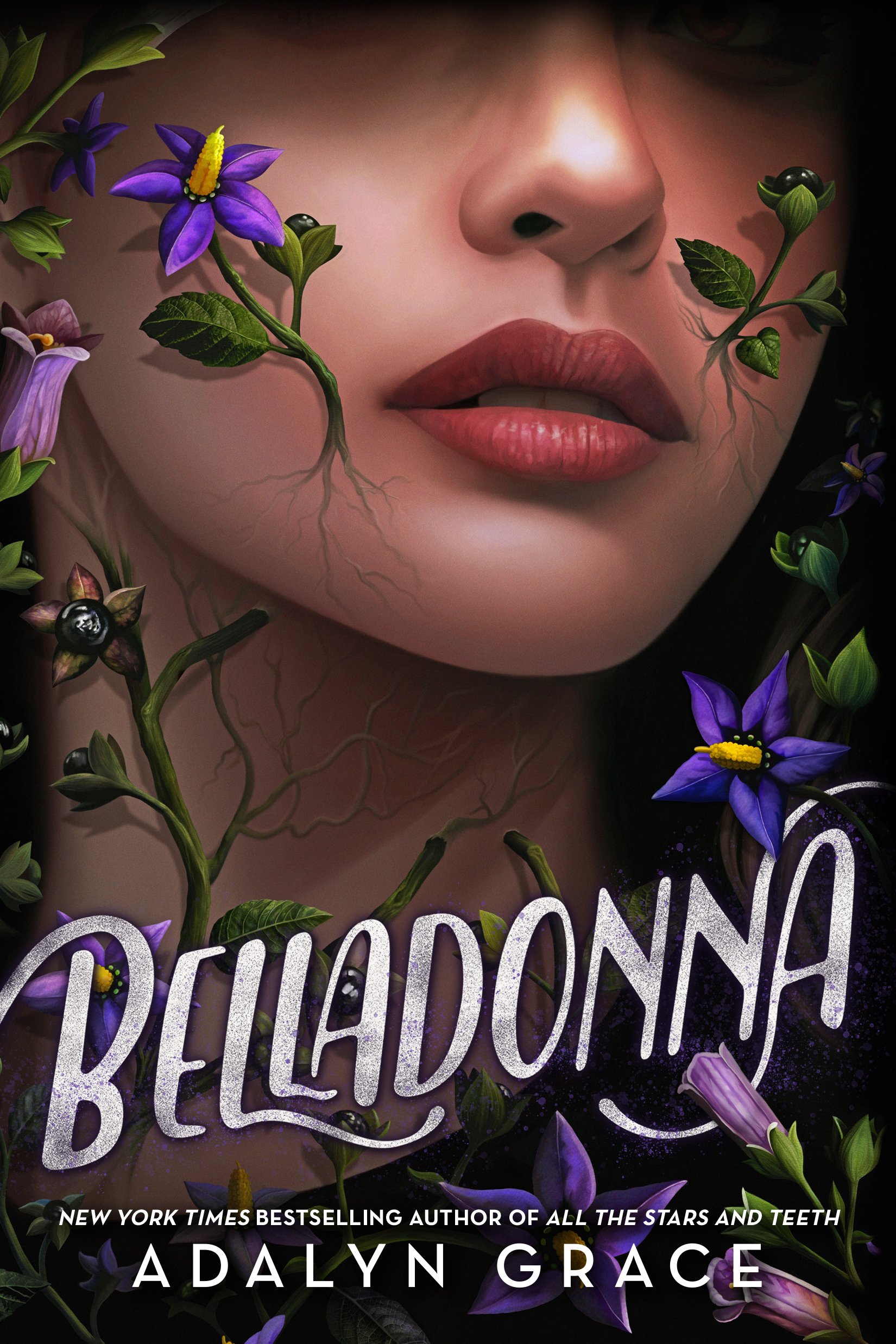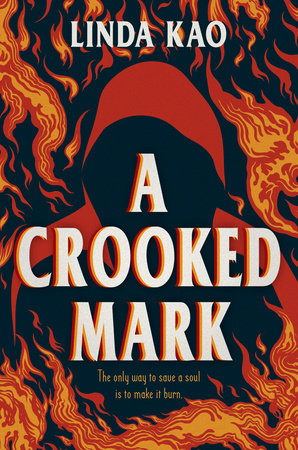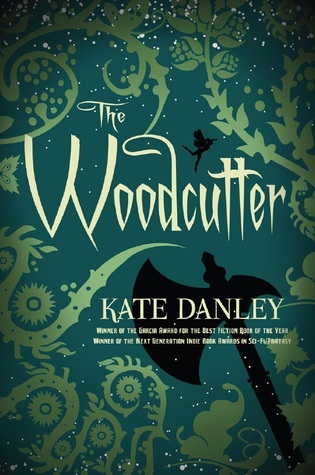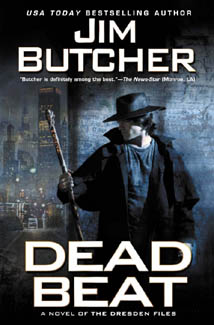 Belladonna is filled with everything that you’d expect from a book titled after a poisonous herb, and honestly, the fact that said poisonous plant is otherwise known as “deadly nightshade” is a pretty great clue for what you’re getting yourself into when picking this up.
Belladonna is filled with everything that you’d expect from a book titled after a poisonous herb, and honestly, the fact that said poisonous plant is otherwise known as “deadly nightshade” is a pretty great clue for what you’re getting yourself into when picking this up.
This tale follows Signa Farrow, a 19-year-old who was orphaned as a baby, as she deals with the ever-present shadow of Death (and yes, I mean actual Death incarnate). Signa has stayed with loads of different guardians over the years, with all but one interested solely in her wealth, and all of them encountering Death. After said string of guardians kicking the bucket, Signa is off to her last living relatives – the Hawthornes.
The Hawthornes are an interesting bunch. With a patriarch who’s desperately trying to forget his wife’s death by practically drowning himself in liquor, a son who’s fighting tooth and nail to stop his dad from taking the business down with him, and a daughter who’s sick with the same illness that killed her mom, it’s a crime to call this family anything but interesting, really. Plus, if that weren’t intriguing enough, you’ve also got the fact that Lillian (the dead matriarch) is haunting the manor, and the fact that she’s telling Signa that she was actually poisoned.
Oh, and did I mention that because of this intricate little murder mystery, Signa is going to ally herself with Death incarnate himself?
I was already hooked when I found out that this was going to have some gothic elements in a 19th-century setting, but then you mix in death, a few bits of paranormal, and a brilliant and snarky female protagonist? I practically combusted.
The moment I started reading Belladonna, I had a really hard time reminding myself that, yes, I had to put it down at some point, and no, I couldn’t ditch my coursework to finish the book in one sitting – even though I was very, very tempted to. Really, the worldbuilding made me want to know even more about this universe without having too many details that I’d find obnoxious. And compared to some stories in which I’ve had to force myself through a myriad of scenes to get to the main plot, Belladonna had a great way of keeping me on the edge of my seat.
Truly, the plot, the pacing, and each and every single vivid description just make me wish that I could read this book for the first time all over again, and the characters are no different.
Signa Farrow is such a breath of fresh air for me because she doesn’t fall into the “I’m not like other girls” archetype. On the contrary, she desperately wants to fit into high society, and she enjoys all that entails without being the least bit sheepish about it. It’s something that’s made me like her more because it makes her all the more real, and that’s saying something because she’s already a very three-dimensional character. Signa has many hopes and dreams, and while by the end of it all, she admits they aren’t as enticing as they once were, it’s a slow development. All her emotions and reactions are so authentic, and it still brings a smile to my face when I remember some of the situations where she’s made such relatable and morally ambiguous choices.
And then you’ve got Death himself.
Although he isn’t as fleshed out as Signa, it isn’t something that made me dislike his character. Actually, it just made me want to see more of him, and I hope that he gets more development in Foxglove. He’s charismatic and witty, and his silver tongue is as charming as it is sharp. His viewpoints clash with Signa’s at times, but when they see where the other is coming from, they both understand their respective reasonings. It’s also a plus that he oozes mystery, moral ambiguity, dark power, and a very tiny hint of vulnerability.
With all that said, I’d definitely recommend getting the book if you have the chance. Belladonna is bewitching, ensnaring, and utterly captivating, and believe me, you’ll be left wanting more.
A copy of this book was provided by the publisher, Little, Brown and Company, for review.




